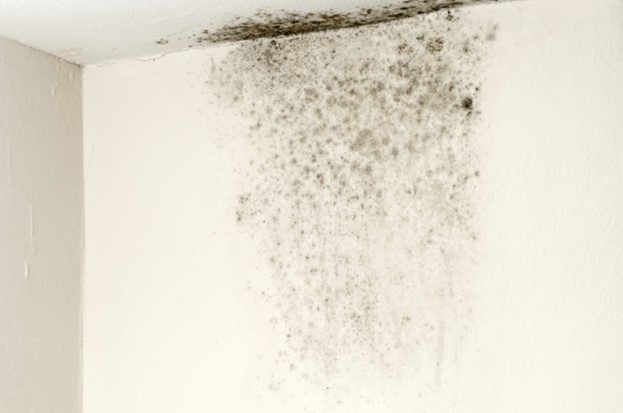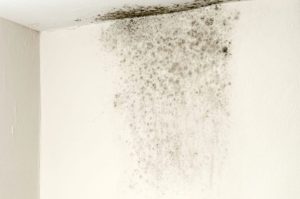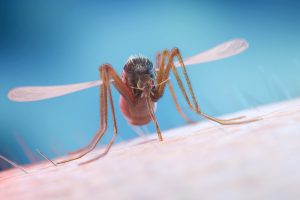
Mold and Allergies
Mold and Allergies
 Mold is all around us. It is in the places we live, work, and play – both inside and outside. Anywhere you find moisture and oxygen, you may find mold. There are 100,000 different types of molds.
Mold is all around us. It is in the places we live, work, and play – both inside and outside. Anywhere you find moisture and oxygen, you may find mold. There are 100,000 different types of molds.
For many people, exposure to mold causes no issues. But some people have allergic reactions to mold. The American College of Occupational and Environmental Medicine estimates that about 10% of people have a mold allergy, with 5% showing symptoms.
Mold allergies may be especially problematic for people with asthma.
What is an allergy to mold?
Molds are microscopic organisms called fungi, found virtually everywhere, indoors, and out. Mold grows on plants, foods, wood, drywall, fabrics, and soils. Molds reproduce through spores spread by water, insects or air.
Mold spores are so tiny and lightweight they can float through the air like pollen. Given how small the spores are, they are very easy to breathe in, which may cause an allergic reaction.
An allergy to mold is really a mold spore allergy. A mold allergy is when your immune system overreacts to breathing in mold spores, creating mold allergy symptoms.
What are common types of molds that cause allergies?
While there are 100,000 different types of molds, not all cause allergy symptoms. Some of the most common mold that result in allergies include: alternaria, aspergillus, cladosporium, and penicillium. An allergy to aspergillus can be particularly problematic for people with chronic lung diseases. There is a rare condition known as allergic bronchopulmonary aspergillosis or ABPA which is caused by a hypersensitivity to aspergillus. ABPA affects approximately 1-2% of people with asthma.
What are mold allergy symptoms?
When inhaled, symptoms of mold allergy include:
- nasal and sinus symptoms – runny nose, nasal congestion, and sneezing (also known as allergic rhinitis – mold is a type of perennial allergic rhinitis)
- sore throat
- watery or burning eyes
- dry cough
- shortness of breath
- irritation of the nose, throat or even skin
What about mold and asthma?
What makes mold spores so harmful to people with asthma is mostly a mystery. Some experts say the small size of mold spores allows them to pass more easily into the lower airways, where they can trigger an asthma attack. Others contend mold spores may also interact with other allergens and environmental air pollution, thus increasing the asthma risk from those substances.
In addition to mold allergy, people also can have an irritant response to some of the volatile chemicals that molds release into the air.
How to diagnose a mold allergy?
To test for a mold allergy, the doctor will take a comprehensive medical history and physical examination. The doctor may ask you about your symptoms and when they occur. Mold allergy tests include:
- Skin prick tests – Droplets of mold allergens are placed on the skin surface with tiny punctures. Raised bumps (about the size of a mosquito bite) strongly indicate an allergy to that
- Blood tests – Chemical testing detects Immunoglobulin E (IgE) antibodies circulating in your blood that are directed at specific allergens. Lab results may take days. A blood sample is sent to a medical laboratory, where it can be tested for evidence of sensitivity to specific types of molds.
The doctor will put together all the evidence – test results, your personal and family health history,
home and work environments, activities that might expose you to allergens, a physical exam of your eyes, ears, nose and lungs – before reaching a diagnosis.
Can you have an allergy to indoor and outdoor mold?
Yes, you can have an indoor mold allergy and outdoor mold allergy. If you are allergic to mold, you will need to learn where it grows and how to avoid it.
Outdoor mold
Outdoor mold grows in dark, damp places and is found under fallen leaves and in rotting vegetation in gardens. The peak season for mold differs in different parts of the country:
- Northern United States: Growth begins after the first spring thaw and peaks in late summer and fall
- Southern United States: Year-round growth
- Western United States: Year-round growth
Indoor mold
Indoor mold can grow on any organic surface and is found in damp areas such as:
- basements
- attics
- under-sink cabinets
- refrigerators
- garbage containers
- washing machines and clothes dryers
- upholstery and house plants
- dusty and musty old books, magazines and newspapers
- damp window moldings and sills
- shower stalls and shower curtains
A leak in a roof can cause mold to grow in insulation, ceilings, floors, or even on walls. Mold can become a significant problem if it remains undiscovered or unaddressed. Allergy symptoms can occur when mold is inhaled.
What can you do if you’re exposed to mold?
Avoiding exposure to mold is the ultimate goal, but it is not always possible. For example, perhaps you had a plumbing leak and found mold growth as you were fixing the leak. Or maybe your roof was leaking and you found mold behind your bedroom walls as you searched for the source of the leak.
You probably inhaled mold spores or you may have lingering mold on your body. Here are some things you can do to reduce your risk of mold allergy symptoms:
- Get rid of any contaminated materials (carpets, drywall, insulation, )
- Wash materials that you used, such as bedding or
- Discard your mask (if worn).
- Remove clothing and wash in hot
- Rinse your nose with
- Take a shower to wash away
Information from: Allergy & Asthma Network website, https://allergyasthmanetwork.org/allergies/mold-allergy/
You may also like

Top 9 Food Allergens

What are the most common allergies

